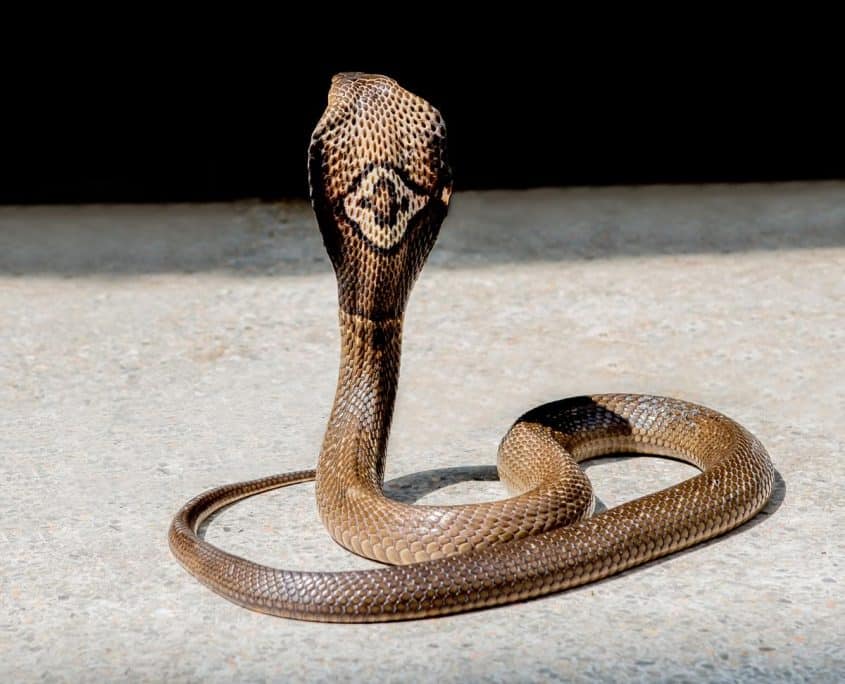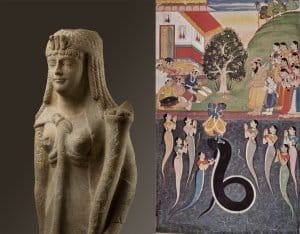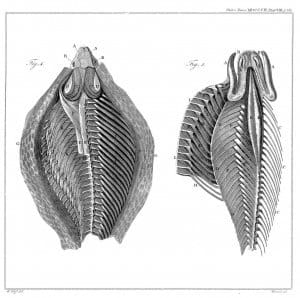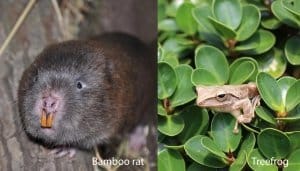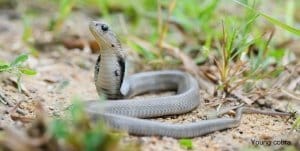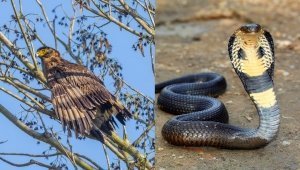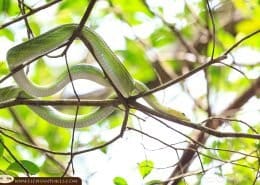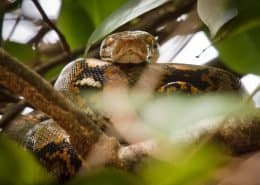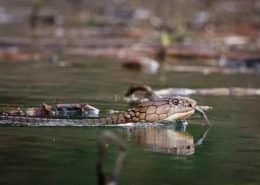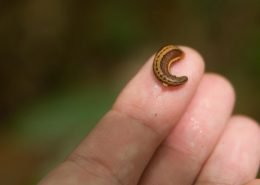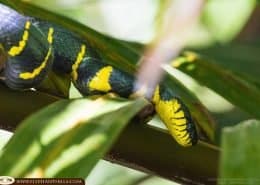Monocled Cobra
Naja kaouthia
Cobras have held an important place historically, throughout Asia and Africa, but particularly in India and Egypt. In Hinduism, the god Shiva is pictured meditating with a cobra around his neck, while Vishnu is often depicted creating the universe, resting atop a cobra. As a sign of royalty, a cobra was often sculpted into the headdress of Egyptian royalty, such as that worn by Queen Cleopatra.
The monocled cobra was first recorded by a Western naturalist in 1831, Monsieur René Lesson. In the years that followed, further discoveries of Naja kaouthia which presented with different colourings were misreported as subspecies under a variety of names. Today, we recognise Naja kaouthia as a singular species of cobra which can vary in colouration dependent largely on its habitat.
The monocled cobra is identified by the circular marking on the back of its hood, though it is often confused with the spectacled cobra, which has a distinctive double circle marking. As a highly poisonous snake with a short temper, we don’t recommend getting up close to ascertain which is which!
Due to their adaptation to various habitats across Asia, the general appearance of the monocled cobra can vary. The dorsal scales along the snakes back can range from yellow or grey to brown and even black, and may or may not have bands running across it. The belly of the monocled cobra is generally the same colour as its back, only a lighter shade. Older snakes tend to be paler in colour.
The distinctive cobra hood is created by elongated nuchal ribs, which can expand the neck on demand. The monocled cobra also has a pair of fixed anterior fangs, from which they pump venom into their prey.
Unlike many of the other snakes found in Khao Sok, such as the reticulated python and mangrove pit viper, the cobra has round eyes with round pupils. While it was once thought that pupil shape was linked to whether a snake was venomous, this has clearly been disproven. Scientists now believe that pupil shape is linked to hunting style, with snakes that prefer to ambush their prey (the “sit and wait” method) having elliptical pupils to better judge striking distance, and those who forage their prey (the “search and pursue” method) having round pupils.
Monocled cobras are very fast-moving and are defensive by nature. Should they feel threatened, they rear up and spread their hood, then will strike suddenly before making a hasty escape. This, combined with their natural habitat of living in rural areas, makes them a threat to humans.
In terms of at-risk animals, the monocled cobra is classified on the IUCN Red List as ‘least concern’, meaning that it is not currently an at-risk animal.
Did you know...?
…that the monocled cobra is responsible for the highest fatality rate of snake venom poisoning in Thailand?

